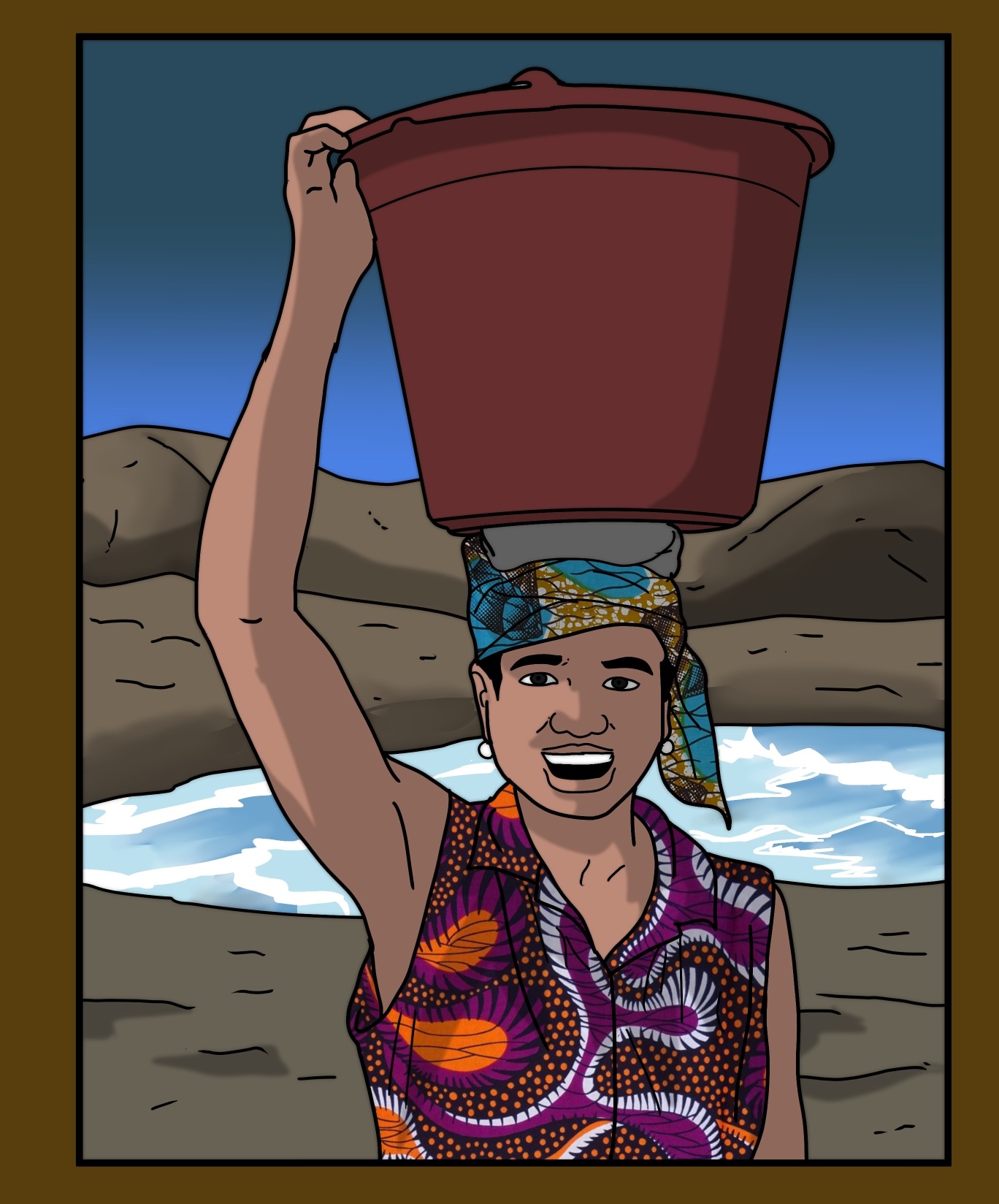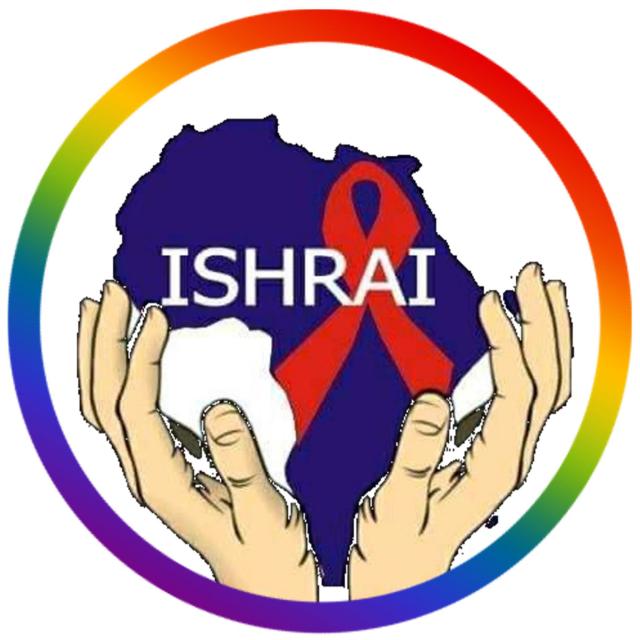Intersecting issues obstructing climate and reproductive justice (Tobi Ayodele)
Published 12th Apr, 2021

Consider a community with unclean water and at the same time bedeviled by man-made and natural disasters that disrupt agricultural activities and make living difficult. In such communities, by default of gender roles and societal standards, women bear the burdens for food and water collection. When agricultural activities are disrupted by climate change, women will have to travel farther to get food and water, thereby increasing their vulnerability to gender-based violence as rape, increasing the chances for unintended pregnancies, inadvertently increasing the need for abortions. In such communities as this one, abortions are often illegal, only backed up by law when it is carried out to save the life of the pregnant woman. It is also important to mention that in communities like this, getting access to obstetric care is difficult, a factor responsible for the high rate of maternal mortality. Further, when food and water are scarce, women are more likely to engage in sex work in exchange for food in crisis settings. Women are more willing to give up food and water so their children can have them.
When we think of climate change, it’s easy to think of its general effect on human beings, however, it will be inadequate of us to see it that way. For every disaster, there are women and girls who are more vulnerable to gender-based violence, an erosion of human rights, and the bereft of emergency health or protection services. There is an urgent need to identify how these women and girls are subjects to all of these, and the experience is not just the sum of its parts. Kimberly Crenshaw (2020), explained intersectionality as a lens, a prism, for seeing the way in which various forms of inequality often operate together and exacerbate each other. Without an intersectional lens, our efforts to tackle climate injustice are likely to just end up perpetuating systems of inequalities. Providing clean water in a community might just be the catalyst for sexual assault and rape. Climate change policies need to be reformed to highlight the struggles of multiple identities to provide inclusive actions.
Oxfam (2019), published a report Forced from Home: Climate-Fueled Displacement and an estimated 20 million people are forced from their homes in a year by climate-fueled disasters. For women and girls of reproductive age, displacement—the loss of their homes, their livelihoods, and their normal social structure—very often means access to reproductive and contraceptive services is disrupted or non-existent. Countries in the developing world least responsible for the growing emissions are likely to experience the heaviest impact of climate change, with women bearing the greatest toll.
As the dialogues around climate change intensify, it is important that women’s voices be at the center of the conversation and not just for appearance’s sake, but to ensure experiences are not overlooked. In her Nature article, “Considering Climate in Studies of Fertility and Reproductive Health in Poor Countries,” Kathryn Grace (2017) looks at how studies of contemporary fertility transitions are better served when they include the impacts of climate change. Grace points out that climate and reproductive health intersect to influence nutrition, food security, resource scarcity, and income, as well as patterns of time use and physical labor.
The International Planned Parenthood Federation (IPPF) in 2019 stated that 214 million women and girls who want contraception currently do not have access to it, and there are 99.1 million unplanned pregnancies a year globally. These figures can be undeniably linked to the effect of climate change most especially in countries with high vulnerability to climate change and low access to modern contraceptives and comprehensive sex education. It is imperative for women and girls to have children by choice and be educated to be equipped at handling environmental shocks such as floods, droughts, etc. when they strike.
Progress in climate change cannot be complete if climate change policies are no developed through the lens of reproductive justice and women must be empowered by education to become key players in climate change adaptation and mitigation. Polices and strategies for climate justice must always support women and girls in exercising their sexual and reproductive health and rights and in making safe, voluntary, informed reproductive decisions with dignity.
Time. 2021. She Coined The Term ‘Intersectionality’ Over 30 Years Ago. Here’s What It Means To Her Today. [online] Available at: <https://time.com/5786710/kimberle-crenshaw-intersectionality/> [Accessed 23 January 2021].
Oxfam International. 2021. Forced From Home: Climate-Fueled Displacement | Oxfam International. [online] Available at: <https://www.oxfam.org/en/research/forced-home-climate-fuelled-displacement> [Accessed 23 January 2021].
Grace, K., 2017. Considering climate in studies of fertility and reproductive health in poor countries. Nature Climate Change, 7(7), pp.479-485.
IPPF. 2021. Think Sexual Health Isn’t Linked To Climate Change? Think Again | IPPF. [online] Available at: <https://www.ippf.org/sexual-health-climate-change> [Accessed 23 January 2021].
